 Vera Lloyd Services' Original Williamson Hall
Vera Lloyd Services' Original Williamson Hall
Time Period: Early Twentieth Century (1901 - 1940)
 Vera Lloyd Services' Original Williamson Hall
Vera Lloyd Services' Original Williamson Hall
Vernon and Moore-McIlroy Produce Warehouse
 Veterans Day Parade
Veterans Day Parade
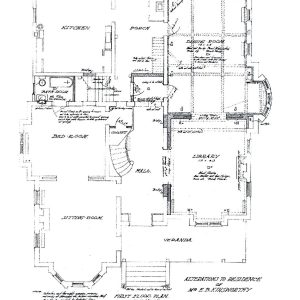 Villa Marre First Floor
Villa Marre First Floor
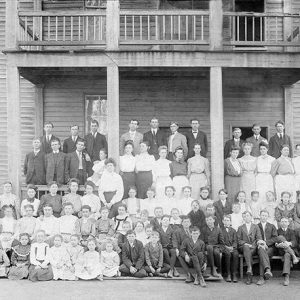 Vilonia School
Vilonia School
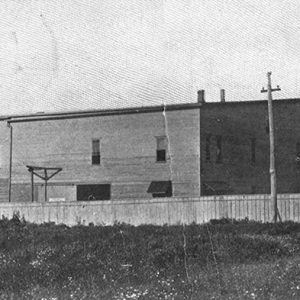 Vinegar Factory
Vinegar Factory
 Vol Walker Library Dedication
Vol Walker Library Dedication
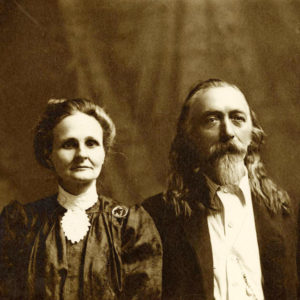 Von Berg and Wife
Von Berg and Wife
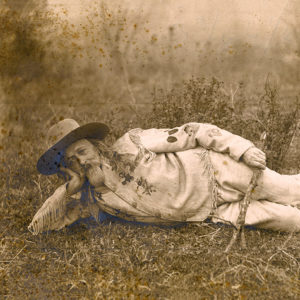 Carlos Von Berg
Carlos Von Berg
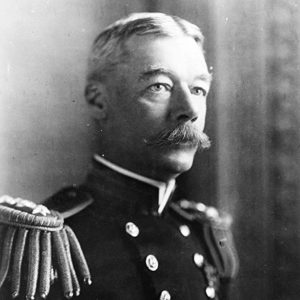 Charles E. Vreeland
Charles E. Vreeland
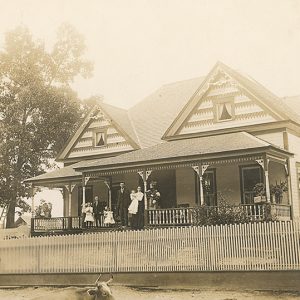 W. H. Allen House; 1910
W. H. Allen House; 1910
 W. H. Allen House in 1904
W. H. Allen House in 1904
W. H. Young House
Wabbaseka United Methodist Church
 William J. Waggener
William J. Waggener
 William J. Waggoner
William J. Waggoner
 William J. Waggoner
William J. Waggoner
 William J. Waggoner and Ruth Bradford
William J. Waggoner and Ruth Bradford
Waggoner, William Jayson (Bill)
 Wakely Biography
Wakely Biography
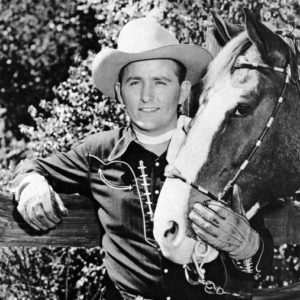 Jimmy Wakely
Jimmy Wakely
 Jimmy Wakely Comic
Jimmy Wakely Comic
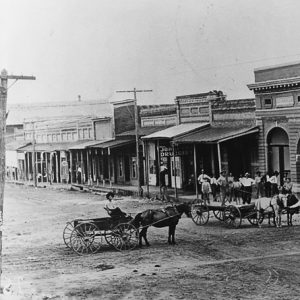 Waldo (Columbia County)
Waldo (Columbia County)
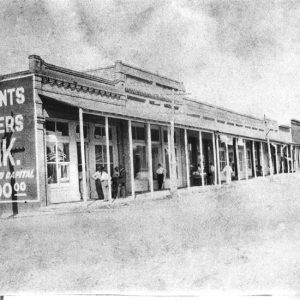 Waldo Street Scene
Waldo Street Scene
Waldo Water Tower
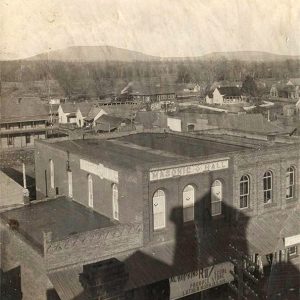 Waldron Aerial View
Waldron Aerial View
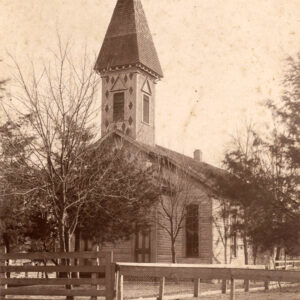 Waldron Church
Waldron Church
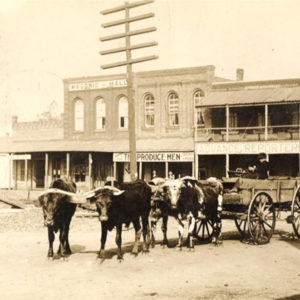 Waldron Produce
Waldron Produce
Waldron School Historic District
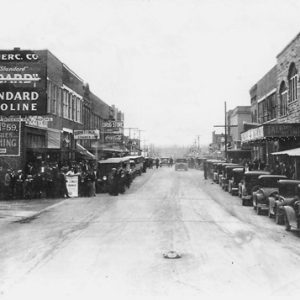 Waldron Street Scene
Waldron Street Scene
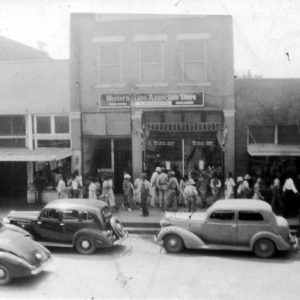 Waldron Western Auto Store
Waldron Western Auto Store
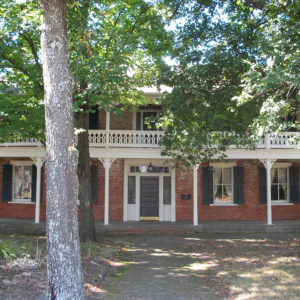 Walker-Stone House
Walker-Stone House
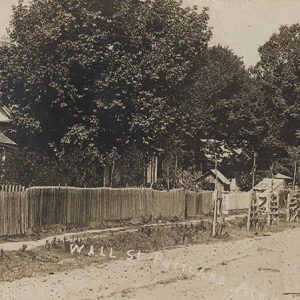 Wall Street
Wall Street
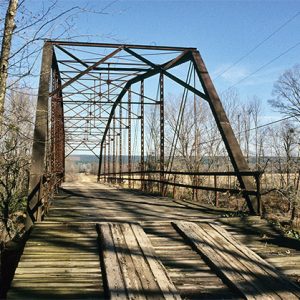 Wallace Bridge
Wallace Bridge
Wallace Bridge
aka: Nimrod Bridge
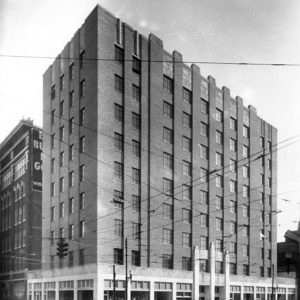 Wallace Building
Wallace Building
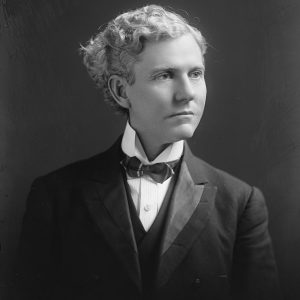 Robert M. Wallace
Robert M. Wallace
Wallace, Robert Minor
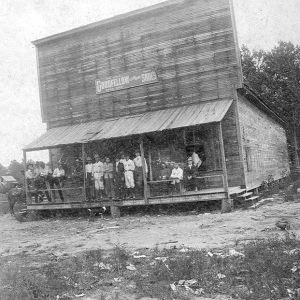 Wallaceburg Store
Wallaceburg Store
Walls, A. J.
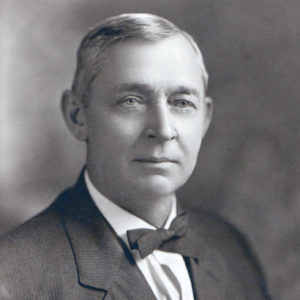 A. J. Walls
A. J. Walls
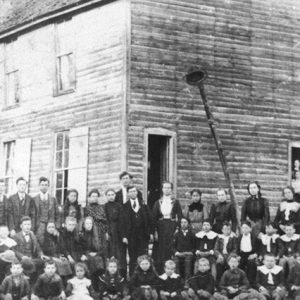 Walnut Grove School
Walnut Grove School
 Walnut Ridge Businesses
Walnut Ridge Businesses
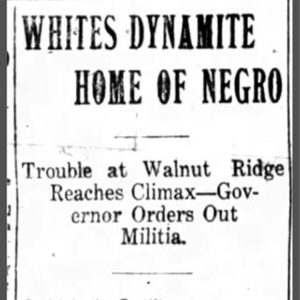 Walnut Ridge Race War Article
Walnut Ridge Race War Article
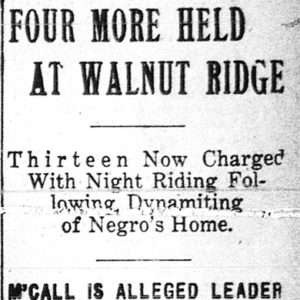 Walnut Ridge Race War Article
Walnut Ridge Race War Article
Walnut Ridge Race War of 1912
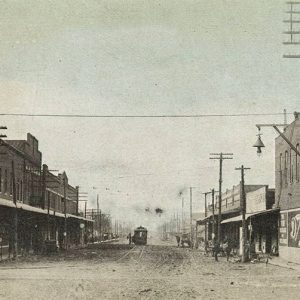 Walnut Ridge Street Scene
Walnut Ridge Street Scene
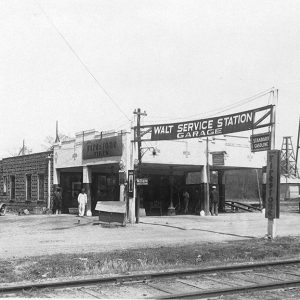 Walt Garage
Walt Garage
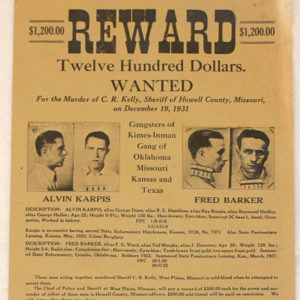 Wanted Poster
Wanted Poster
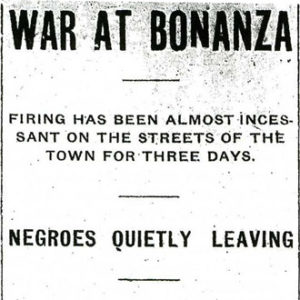 War at Bonanza
War at Bonanza




